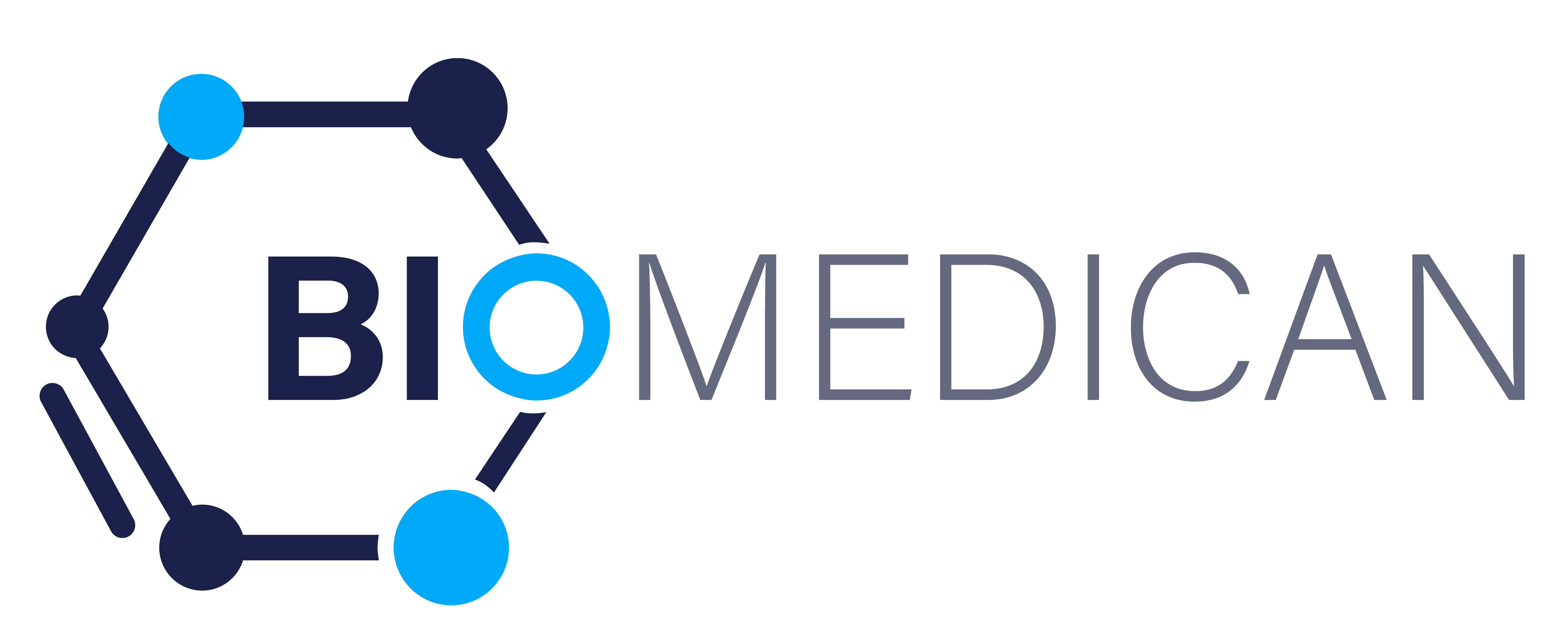Compounds such as astaxanthin pique market interest due to their ability to efficiently act on various diseases’ molecular targets. The astaxanthin (ASX) market is projected to grow significantly to USD 814.1 million by 2022. Astaxanthin gained commercial customer attraction due to its expanding end-use applications. It is now a key player in the nutraceutical and cosmetic industries worldwide due to its potent antioxidant property.
Astaxanthin is a xanthophyll carotenoid that possesses more potent biological activity than other carotenoids. Astaxanthin, a red pigment, has 500-fold more potent free radical antioxidant activity than vitamin E and 38-fold more powerful free radical antioxidant activity than β-carotene.
What are antioxidants?
Antioxidants are molecules that fight free radicals and reactive oxygen species in the body. Free radicals are oxygen-containing molecules having an uneven number of electrons. In a healthy living body, a balance exists between free radicals and antioxidants that maintain physiological functions. In pathological conditions, these free radicals overwhelm the body’s ability to regulate them. These free radicals react with other molecules such as lipids, proteins, and DNA of the body and alter their structure and functions. Moreover, these free radicals having an uneven number of electrons can initiate long-chain chemical reactions, thus generating more free radicals and triggering several human diseases.
How does astaxanthin act as an antioxidant?
Astaxanthin is a well-known superior antioxidant of the carotenoids family. It is also known as “super vitamin E’ because its antioxidant activity is more than vitamins such as vitamin C and E, as well as other carotenoids, such as β-carotene, canthaxanthin, lutein, and zeaxanthin. A study performed on the membrane model demonstrated that astaxanthin could quench 1O2 in a mixed solvent system. However, its free radical quenching capacity was lower than lycopene but greater than α- and β-carotene. This red compound was found to inhibit the production of peroxides induced by ADP and Fe2+ in liposomes. Another study demonstrated that oxo-groups present in the four positions of the β-ring compound is more effective in preventing free radical oxidation. Astaxanthin inhibits the formation of Reactive oxygen species and modulates the expression of oxidative stress-responsive enzymes.
The efficiency of astaxanthin to scavenge free radicals depend on the nature of the free radical, the scavenging mechanism, and the environment.
Benefits associated with an antioxidant property of astaxanthin:
Since its discovery in 1970, astaxanthin has been used as a coloring agent in animal and fish feed. Modern research has found that astaxanthin consumption can reduce and prevent various disorders in humans and animals. The antioxidant property associated with astaxanthin is vital in cardiovascular health, eye health, brain health, sports-related activities, skin health, cancer health, diabetes mellitus, and metabolic syndrome.
The antioxidant property of astaxanthin proved it a great reducer of the oxidative stress caused by hyperglycemia in diabetes. This red compound also protects pancreatic β-cells against glucose toxicity. In cancer, astaxanthin helps by its anti-proliferation, anti-apoptosis, and anti-invasion activity. It also prevents cancer by protecting human DNA from damage caused by ultraviolet oxidants. This compound’s antioxidant properties also have protective effects on the eye disorders such as cataracts, macular degeneration, and even blindness.
The antioxidant property of astaxanthin has proved itself to be very useful for humans and animals. The protective effects associated with astaxanthin have increased its global demand. BioMedican has developed a unique method to yield astaxanthin that can fulfill global market demand.
References:
- https://www.researchgate.net/publication/327916261_Antioxidant_effects_of_astaxanthin_in_various_diseases-a_review#:~:text=Results%3A%20In%20various%20studies%2C%20astaxanthin,formation%20of%20complications%20of%20diabetes
- https://www.ncbi.nlm.nih.gov/pmc/articles/PMC5946307/
- https://www.sciencedirect.com/topics/agricultural-and-biological-sciences/astaxanthin#:~:text=Astaxanthin%20is%20a%20superior%20antioxidant,scavenging%20free%20radicals%20%5B66%5D.
- https://www.sciencedirect.com/science/article/pii/S2211926416301965




